Hanoi, Vietnam’s bustling capital, is undergoing a transportation revolution with the development of its metro system. Especially, on 8 August 2024, the inauguration of the Nhon – Hanoi Station elevated metro line marked a significant milestone in the city’s public transport development. This ambitious project is set to transform the city’s public transport landscape and drive economic growth. In this article, B&Company seeks to explore the current status of Hanoi’s metro lines and analyze the far-reaching benefits of this infrastructure development.
Hanoi’s Metro System: Current Status and Progress
The urban rail system is considered the “backbone” of Hanoi’s transportation infrastructure network. To date, a few urban rail lines are operational, such as Line 2A: Cat Linh – Ha Dong, a 13-km line with 12 stations that has been operational since November 2021 and serves around 35,000 passengers per day[1]. On 8 August 2024, the inauguration of the 8.5-km Nhon – Hanoi Station elevated metro line, designed to European standards and using advanced technology, marked a significant milestone in the city’s public transport development by connecting the western suburbs to the city centre.
Nhon – Hanoi Station Line. Source: Chinhphu.vn
Other metro lines in the planning or preparation stages include Line 2, section Tran Hung Dao – Thuong Dinh (Line 2.2) at about 6 km fully underground with 6 stations; Line 2, section Nam Thang Long – Noi Bai (Line 2.3) at about 19.65 km with 12 stations and 1 depot, and Line 8, Son Dong – Mai Dich – Duong Xa at about 37 km with 26 stations and 2 depots[2]. These upcoming metro lines will bring Hanoi closer to its goal of creating a comprehensive and efficient public transport network.
Benefits of Developing the Metro Line
Urban railways are assessed to bring many benefits to Hanoi. Firstly, the introduction of a modern metro system is set to revolutionize public transportation in Hanoi. By providing a reliable, efficient, and comfortable alternative to private vehicles, the metro lines are expected to significantly reduce traffic congestion and improve air quality. For instance, according to a survey by the Hanoi Railway Company in 2024, the effectiveness of the operation of the Cat Linh – Ha Dong urban rail line 2A has demonstrated this, with 60% of passengers abandoning their motorcycles to take the Cat Linh – Ha Dong metro. In addition, as estimated[3], for every 1 million trips made by private vehicles, if shifted to the metro, it will help reduce 487,000 hours of traffic participation on the roads, helping to reduce emissions and congestion. In the future, when the Hanoi urban rail network is completed, the proportion of people using public passenger transport is expected to increase to 35-45%, reducing the market share of private vehicle users in traffic to 30%[4].
Cat Linh – Ha Dong line 2A. Source: https://kinhtedothi.vn/du-an-duong-sat-cat-linh-ha-dong-don-luc-de-ve-dich.html
Secondly, metro lines are expected to act as catalysts for economic growth in Hanoi, creating new hubs of commercial and residential development along their routes. This phenomenon, known as Transit-Oriented Development (TOD)[5], can significantly boost local economies and property values. Specifically, the National Assembly has passed the amended Capital Law, effective from 1/1/2025, which allows investment in urban rail in Hanoi according to the TOD model. This model is commonly used in the region and developed countries, ensuring modernity, synchronization, and sustainability. It helps reduce the load on the ground transportation system and contributes to environmental protection by cutting emissions from private vehicles. Singapore, for instance, has designed its Mass Rapid Transit (MRT) with TOD principles, clustering mixed-use, transit-oriented communities at hubs to reduce private vehicle use. In addition, Tokyo’s extensive rail network has facilitated compact, walkable neighbourhoods centred on station nodes, accommodating growth while minimizing sprawl.
Thirdly, metro lines might bridge the gap between suburban areas and the city centre, making outlying districts more attractive for residential development. This can help alleviate housing pressures in the urban core and provide more affordable options for residents in Hanoi. This has also been demonstrated in Copenhagen, Denmark. The opening of the metro’s Cityringen in 2019 has already impacted real estate trends. Areas previously considered less desirable due to poor connectivity have seen increased interest from both developers and homebuyers. In some newly connected suburbs, property values have increased by up to 5-10% following the metro expansion.
Outlook
Given the considerable benefits of urban rail, the Hanoi People’s Committee has set the goal of completing the entire urban rail network by 2035[6], with a total length of approximately 397.8 km. Furthermore, Hanoi aims to have nearly 600 km of urban rail lines in operation by 2045, at a total investment of over $55 billion[7]. In addition to this extensive infrastructure development, Hanoi is also working towards increasing the modal share of public passenger transport. The city aims to achieve a public transport rate of 50-55% by 2035, and an ambitious target of 65-75% after 2035[8].
In conclusion, the development of Hanoi’s metro system represents a transformative step for the city’s public transport infrastructure and economic landscape. As the network expands and more lines become operational, Hanoi is poised to join the ranks of global cities where efficient public transport forms the backbone of urban mobility. The metro lines will not only ease the daily commute for millions but also drive economic growth, reshape real estate dynamics, and contribute to a greener, more livable city for generations to come.
References
[1] https://consosukien.vn/ha-noi-day-manh-phat-trien-duong-sat-do-thi.htm
[2] https://vneconomy.vn/mo-co-che-vuot-troi-ha-noi-khong-de-he-thong-metro-that-hen.htm
[3] https://laodongthudo.vn/phu-kin-duong-sat-do-thi-de-ha-noi-van-minh-hien-dai-174902.html
[4] https://consosukien.vn/ha-noi-day-manh-phat-trien-duong-sat-do-thi.htm
[5] The urban development model that takes public transportation as the centre, increases the accessibility and convenience for people to access the interchanges and urban rail stations, thereby minimizing the need to use private vehicles, encouraging people to use public transportation, and creating sustainable, environmentally-friendly urban areas.
[6] https://consosukien.vn/ha-noi-day-manh-phat-trien-duong-sat-do-thi.htm
[7] The Capital City Urban Rail Project (Đề án Đường sắt đô thị Thủ đô)
[8] https://suckhoedoisong.vn/duong-sat-do-thi-se-giai-duoc-bai-toan-tac-duong-va-o-nhiem-o-ha-noi-169240703083624155.htm
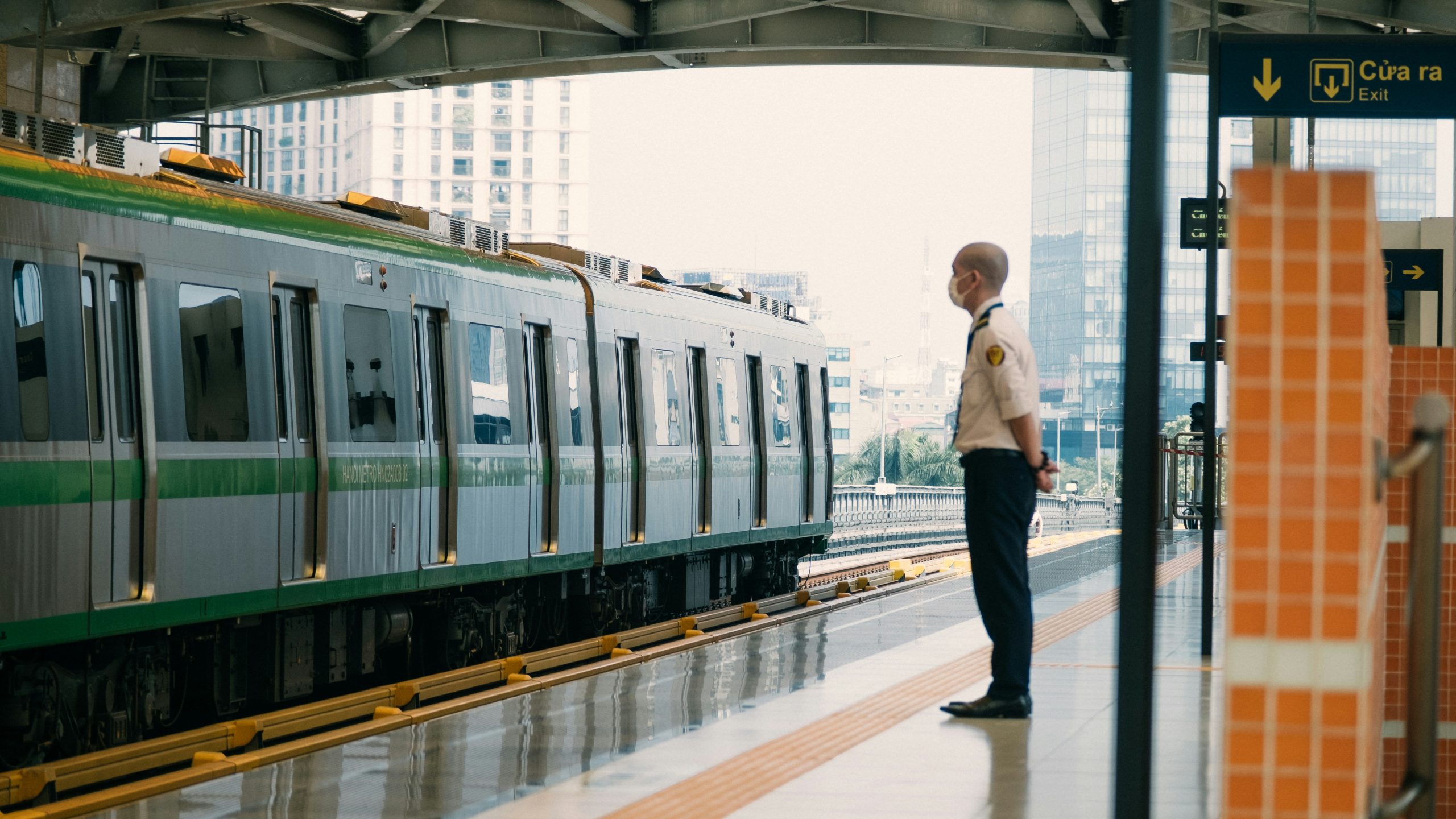

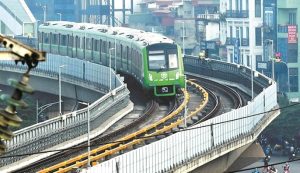

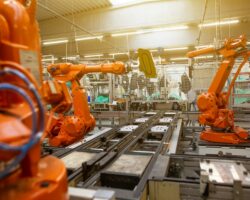
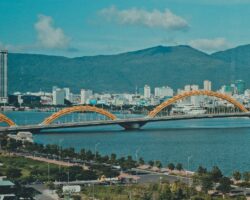











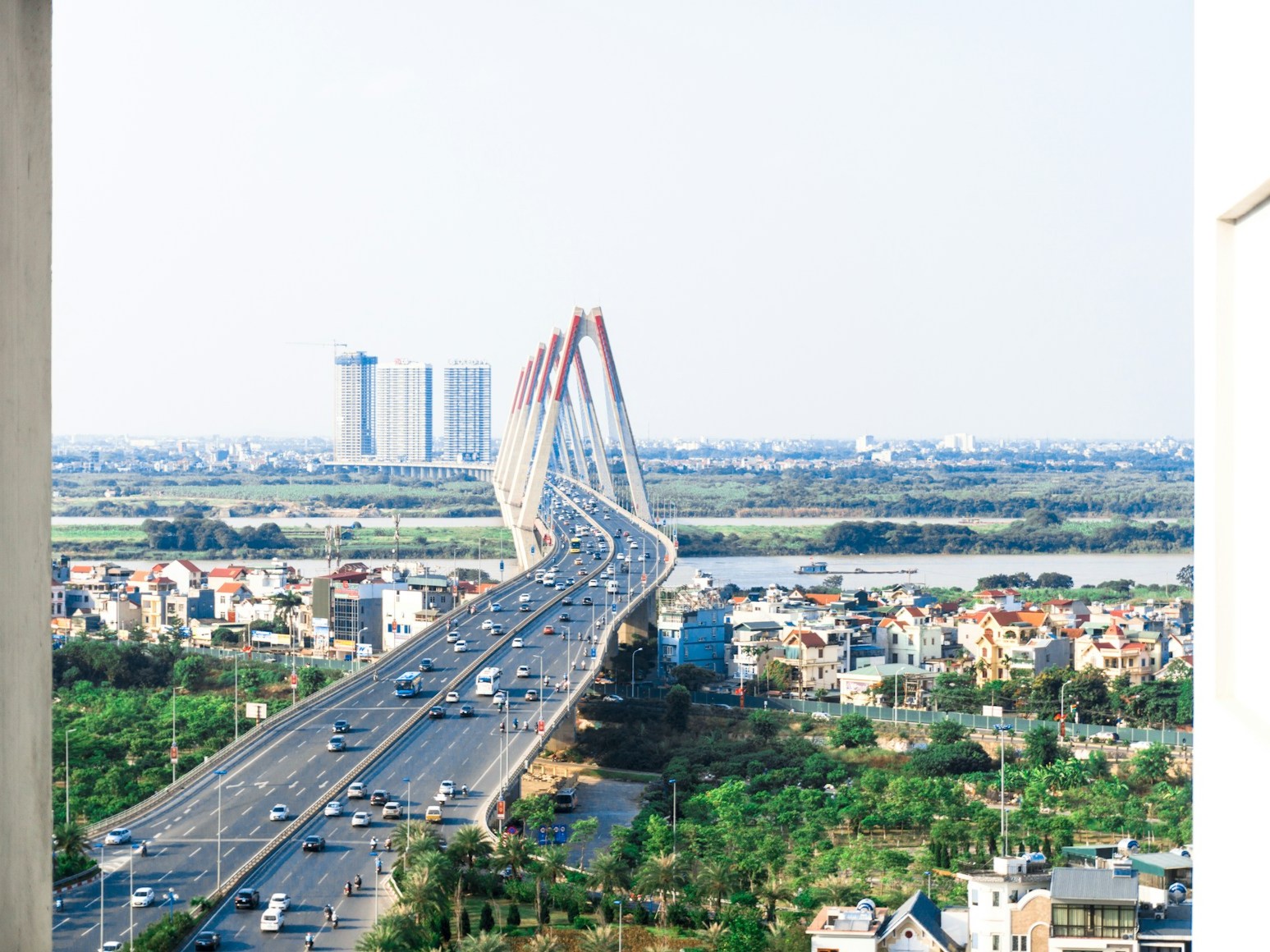





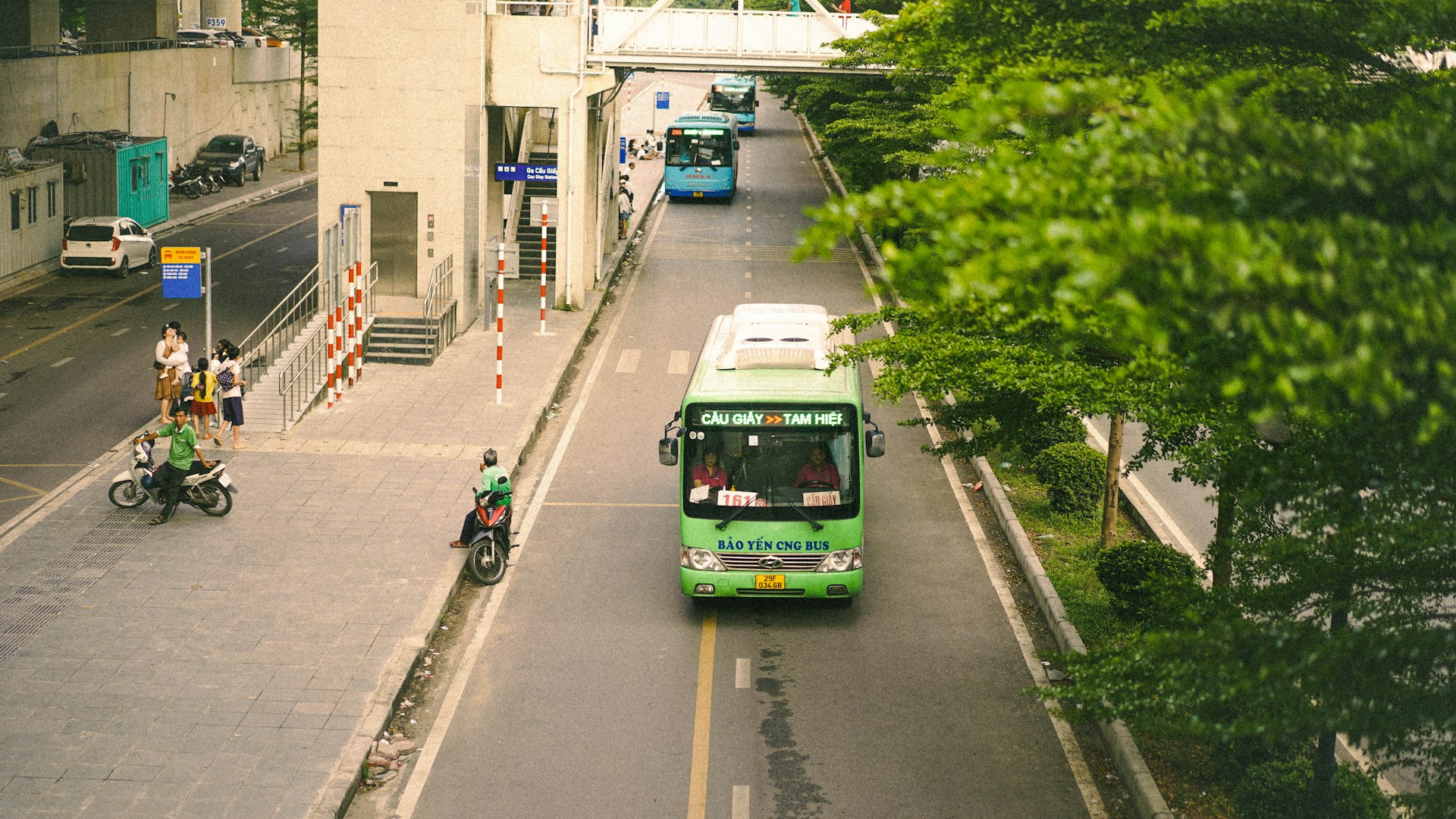
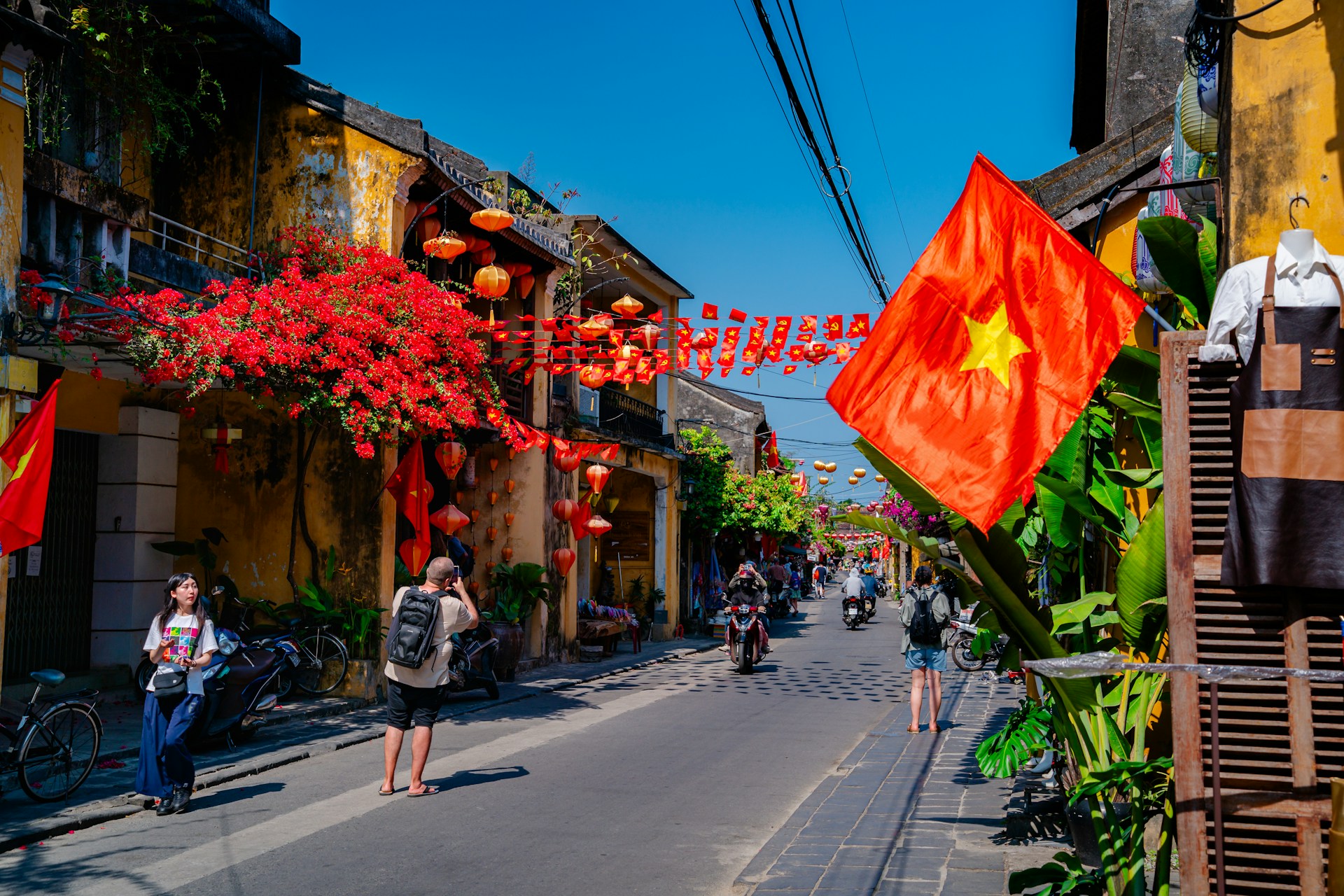

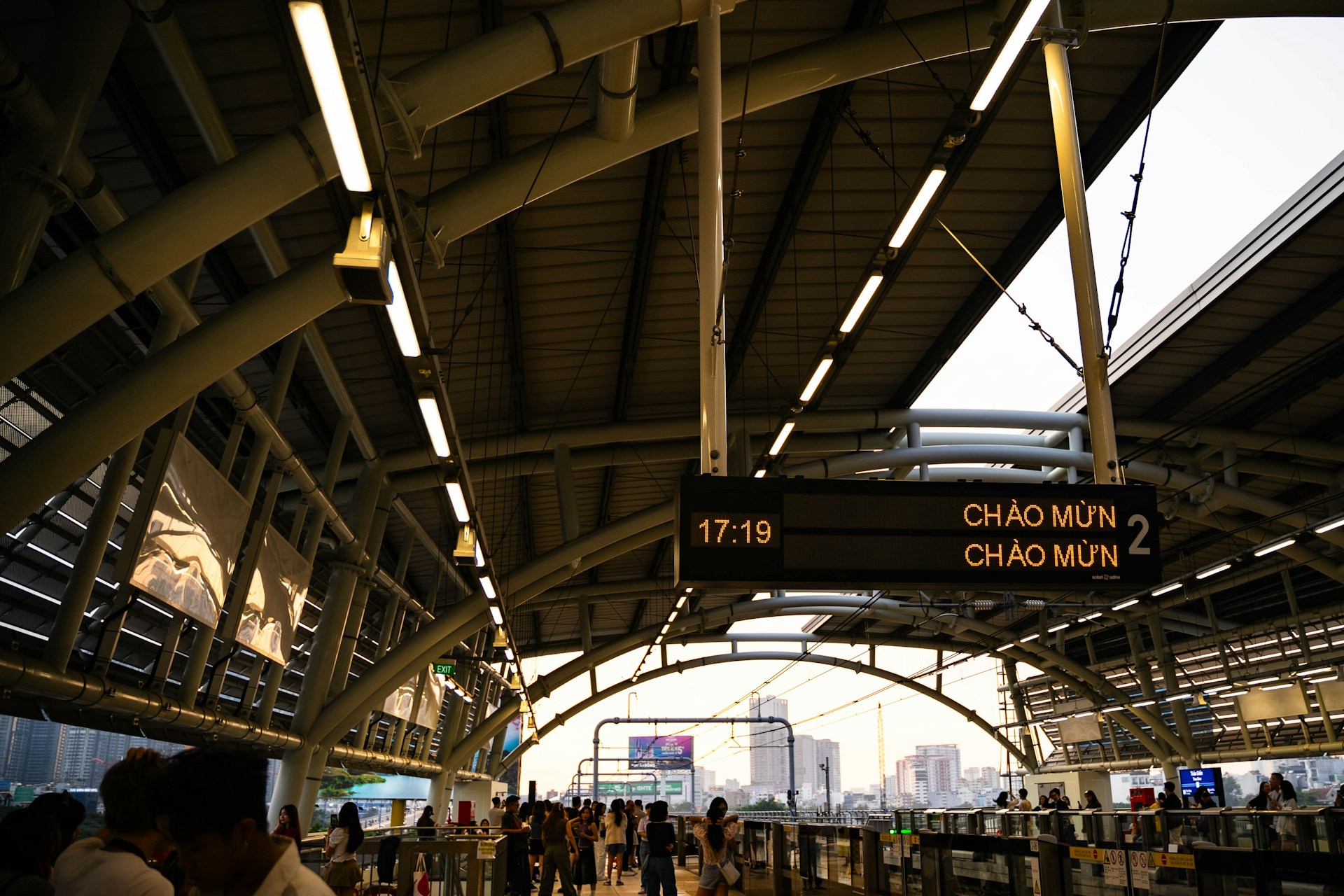

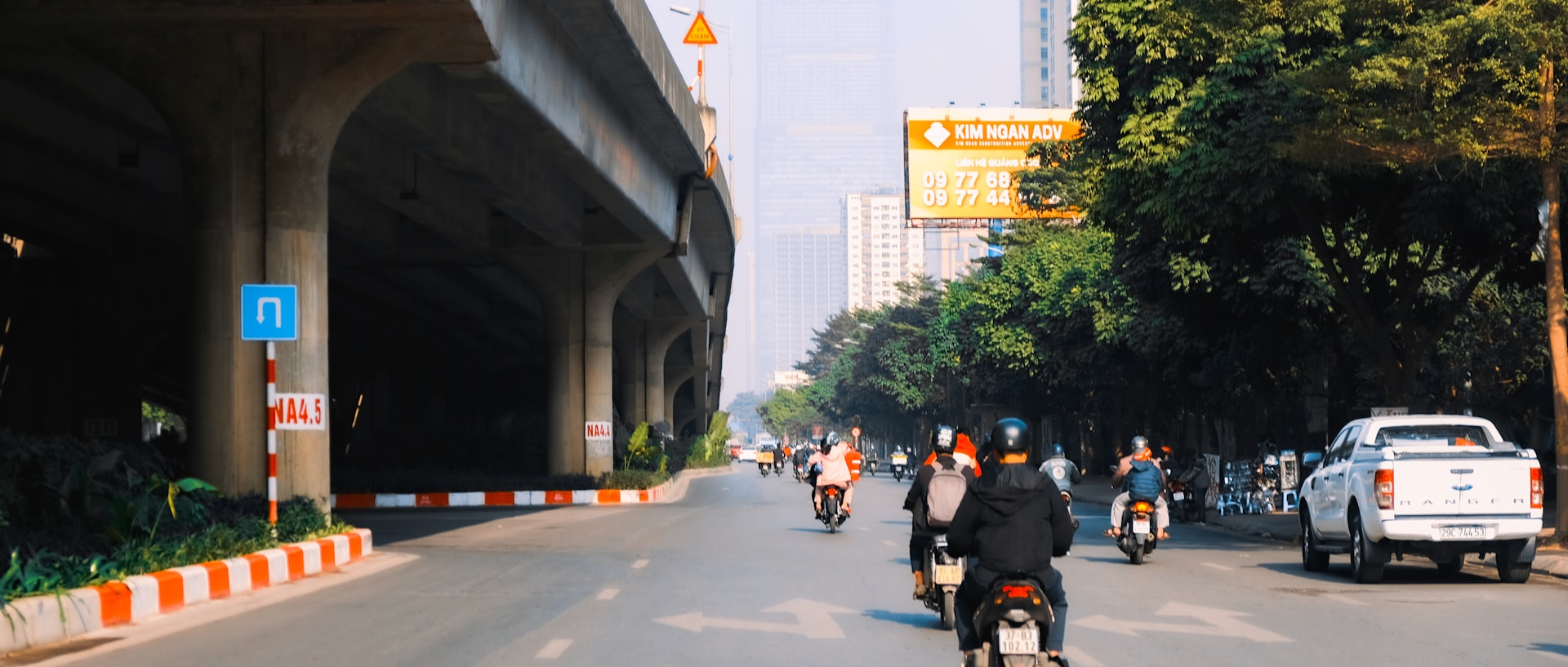
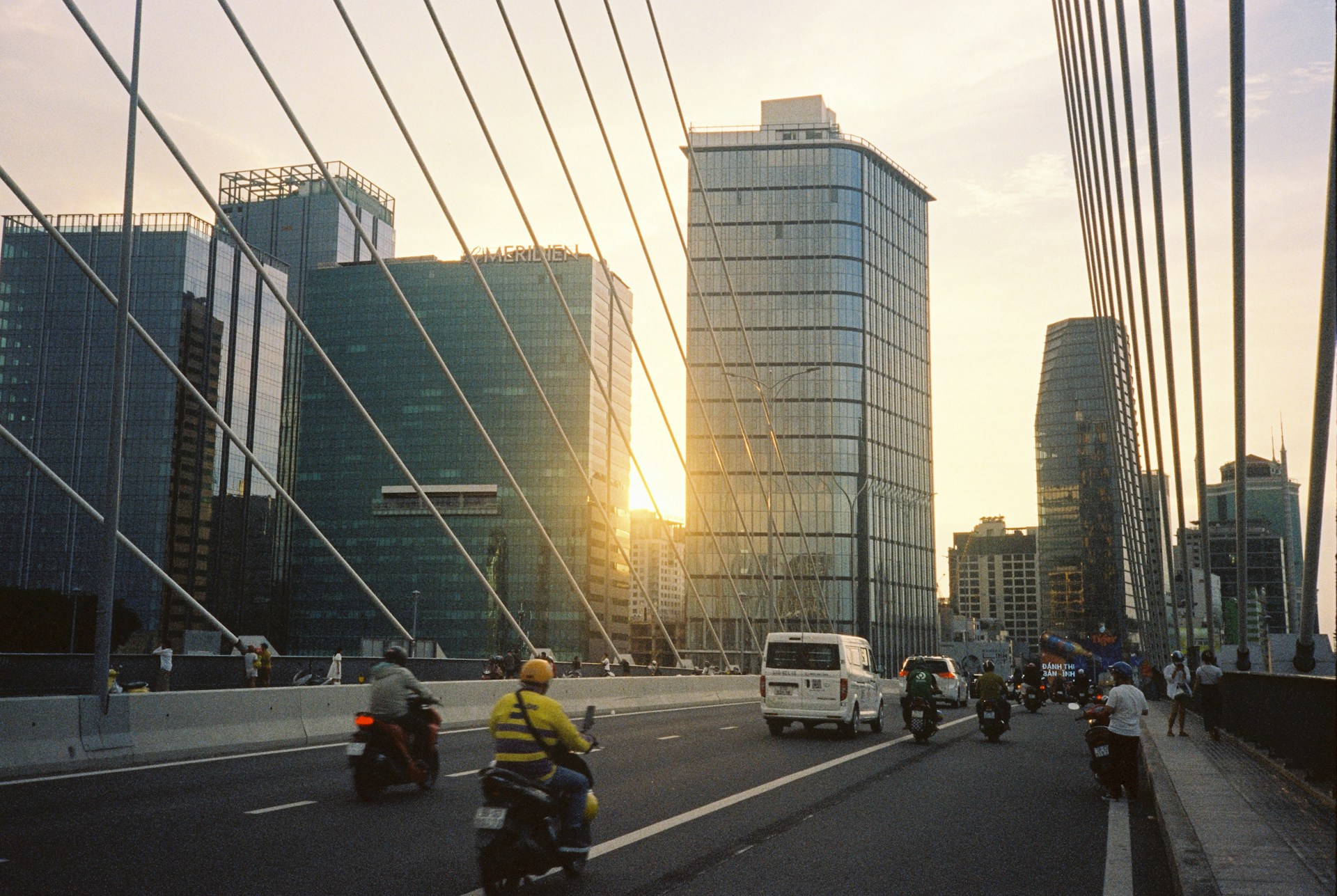


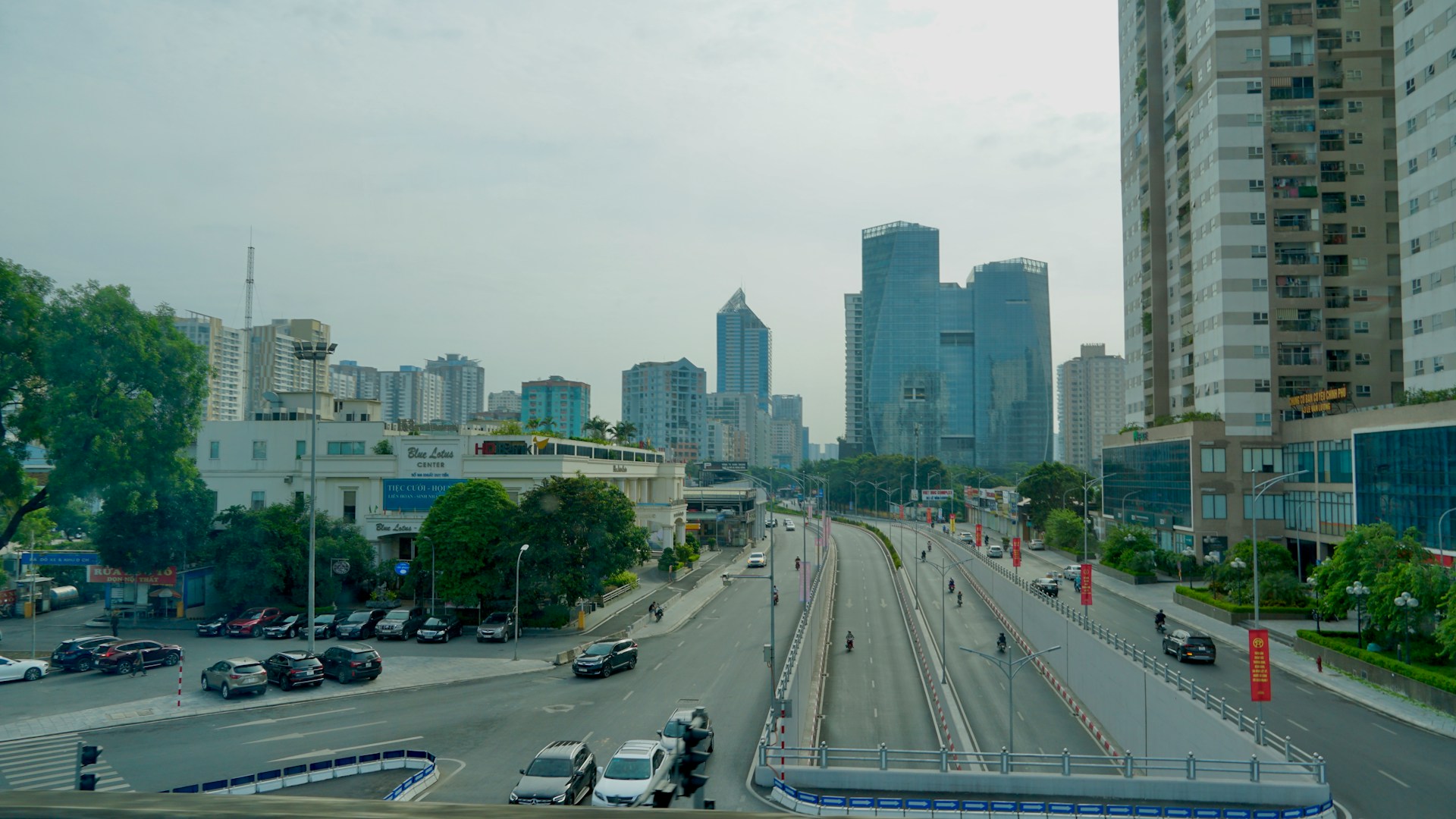
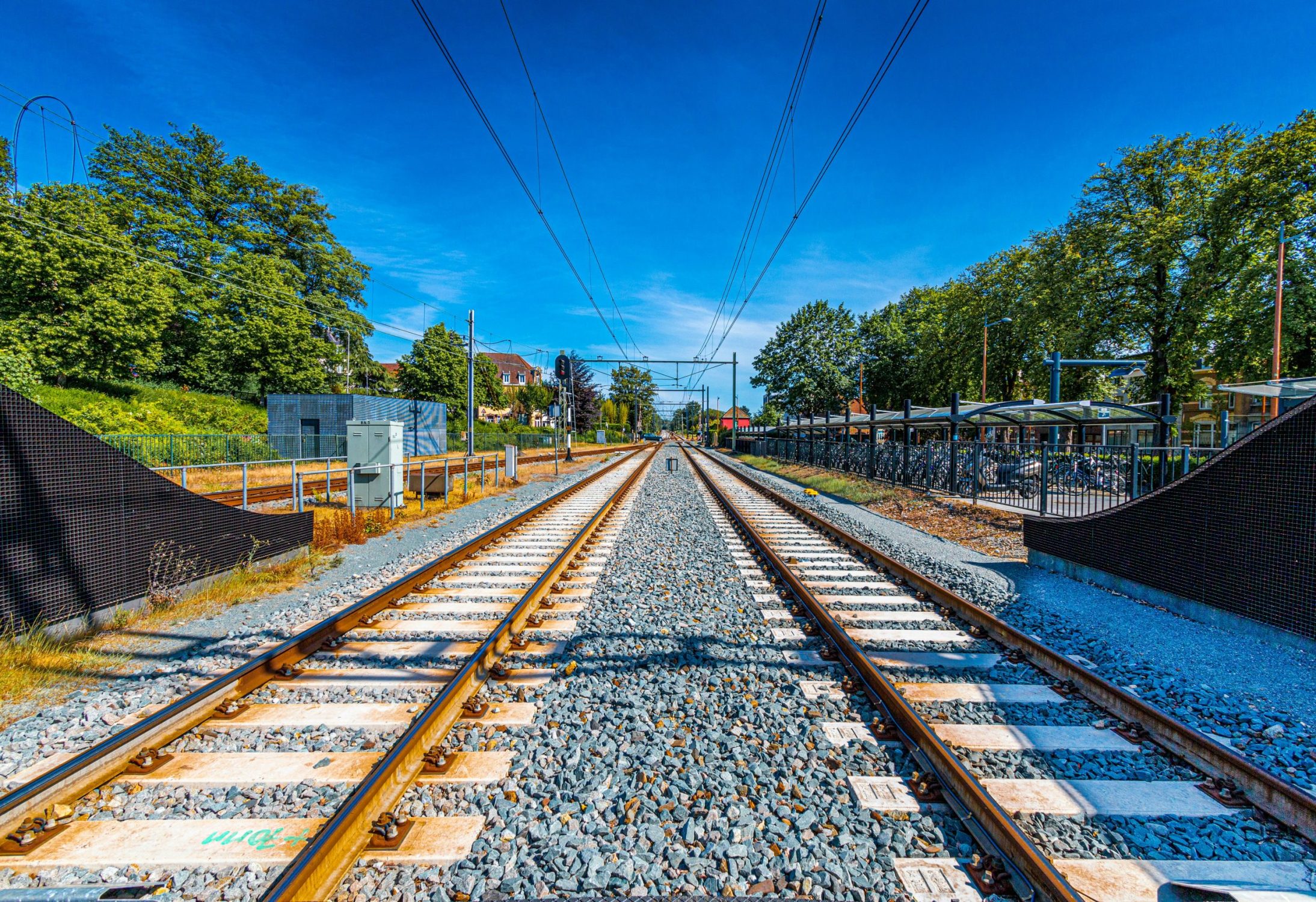


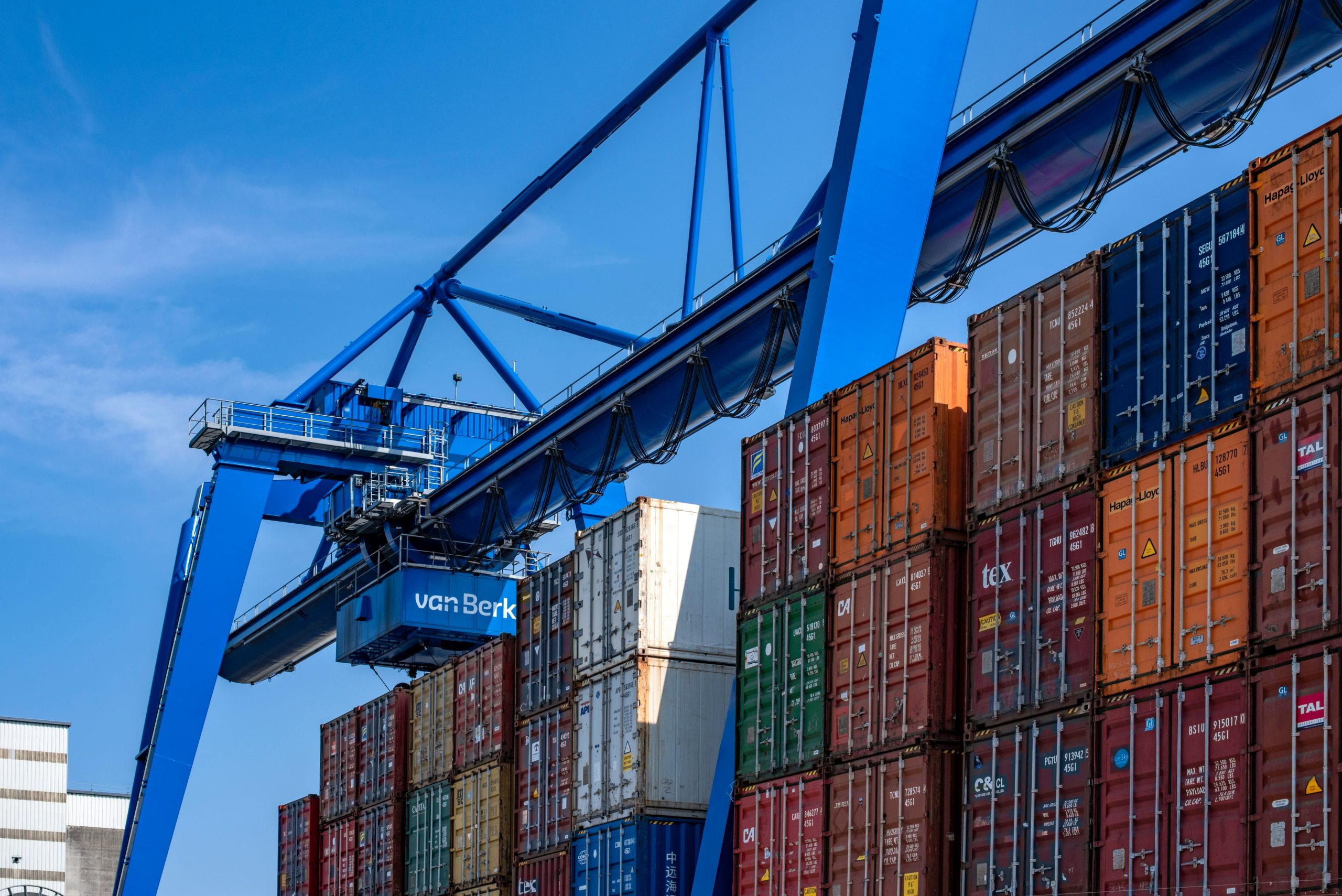

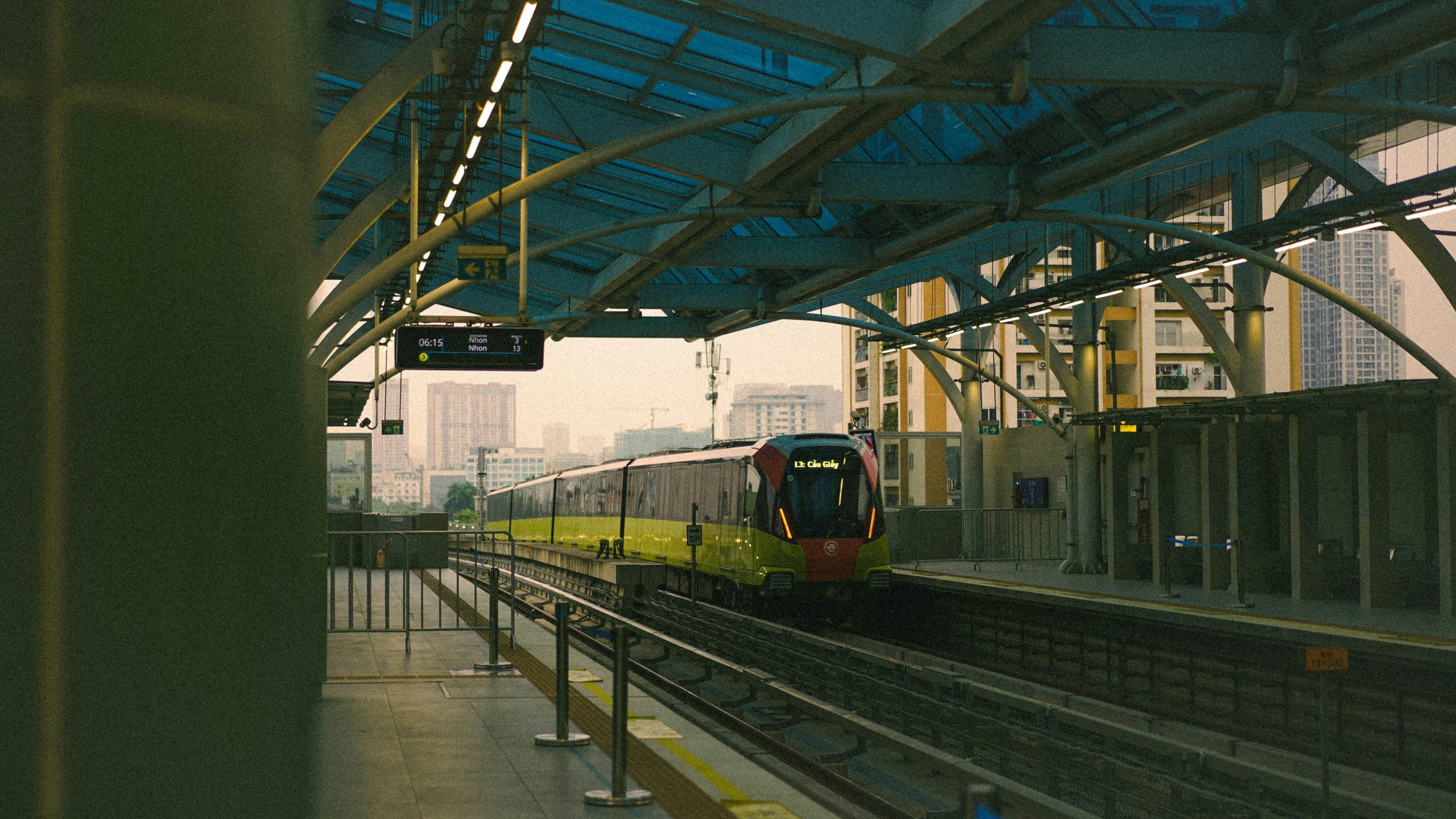

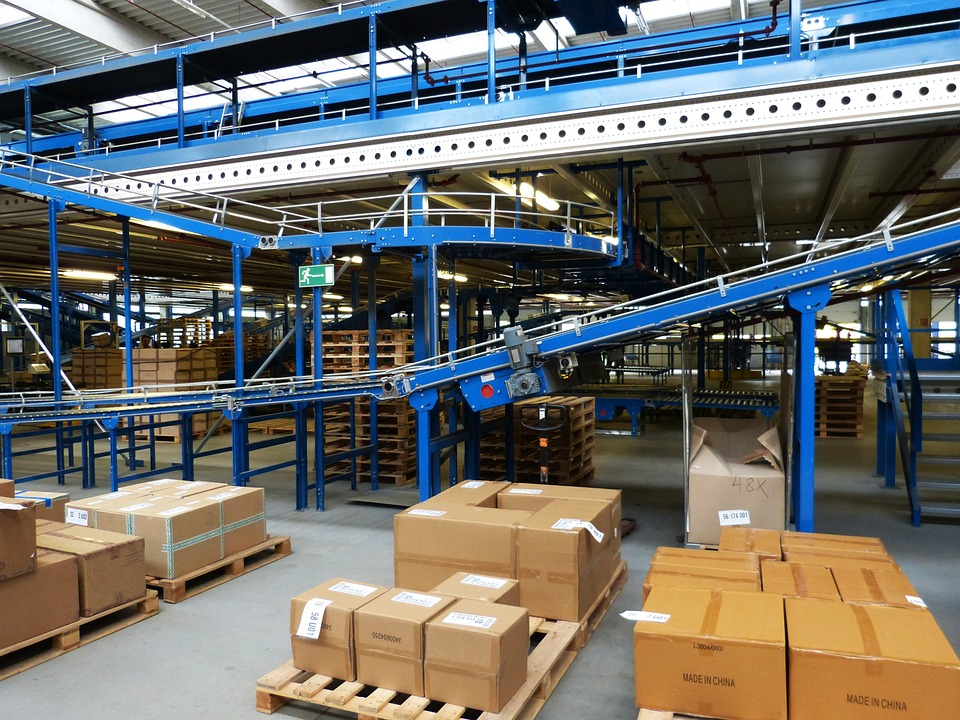


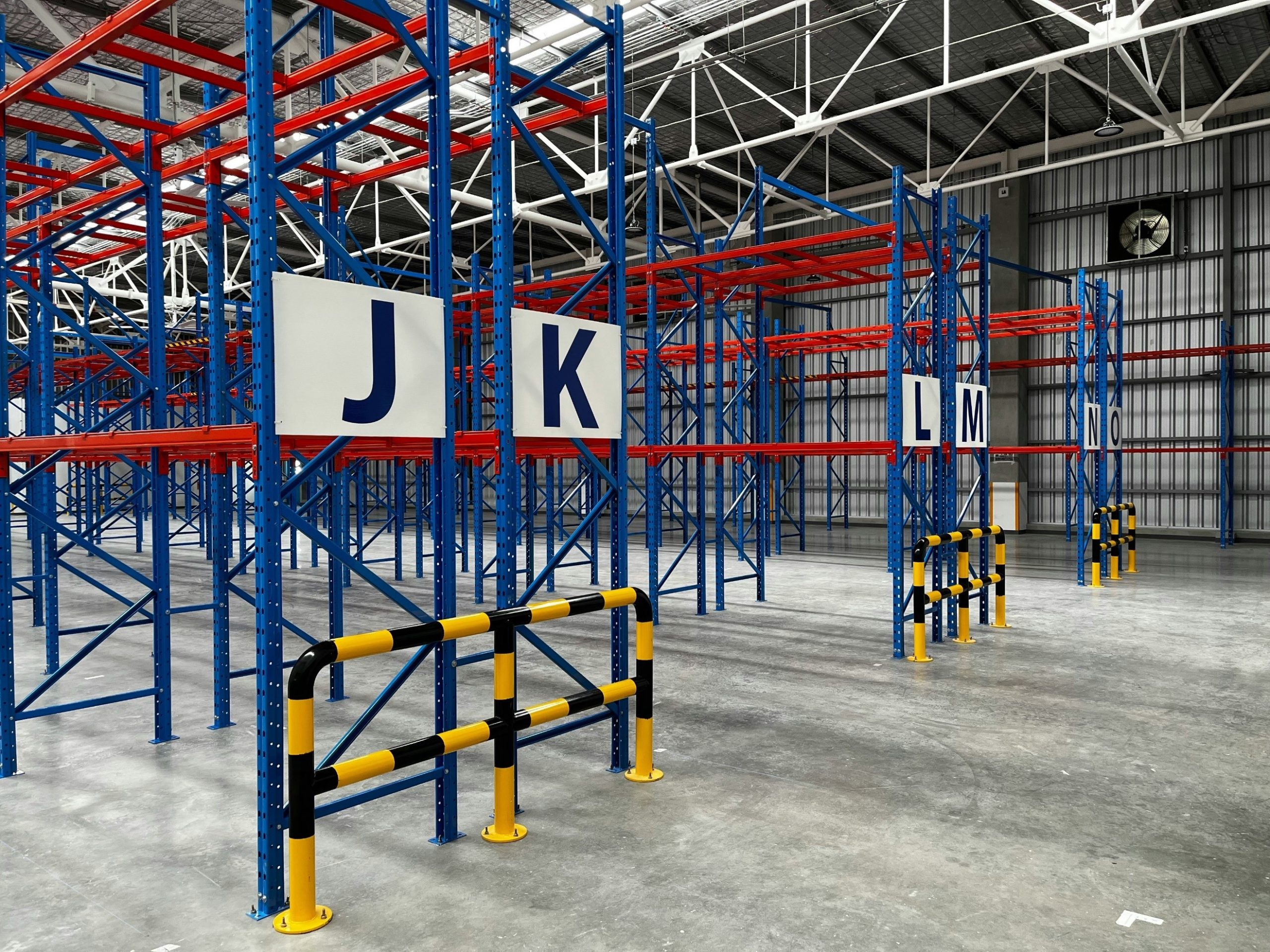




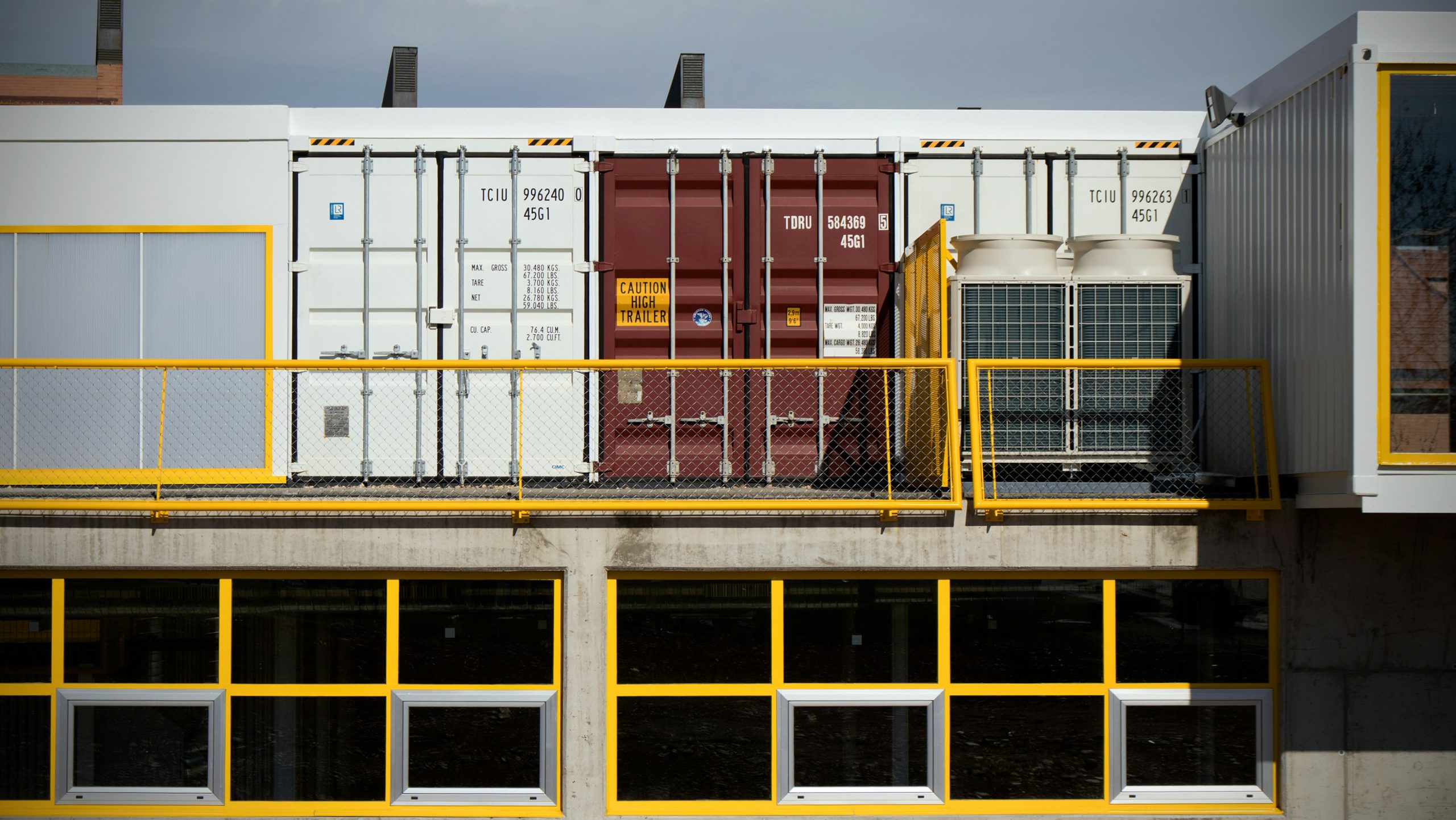
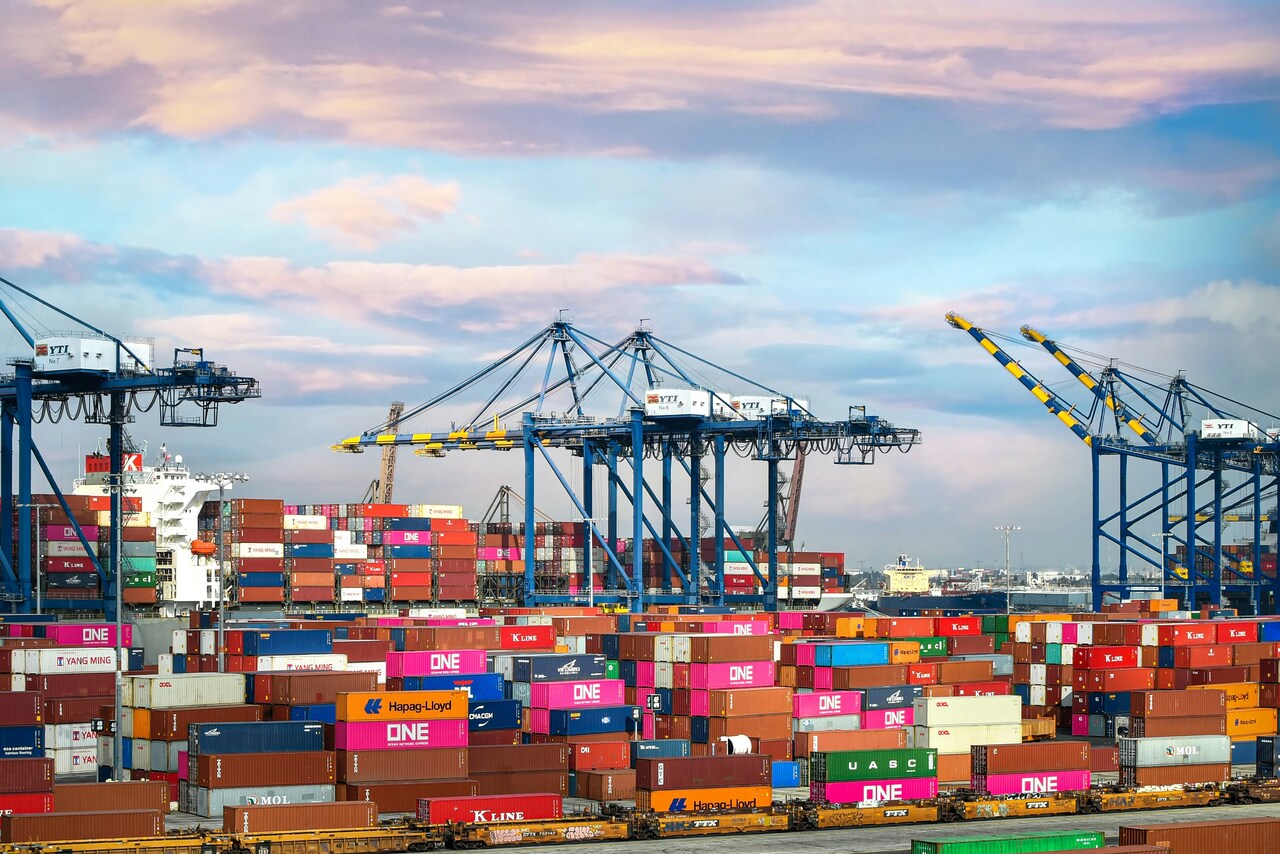
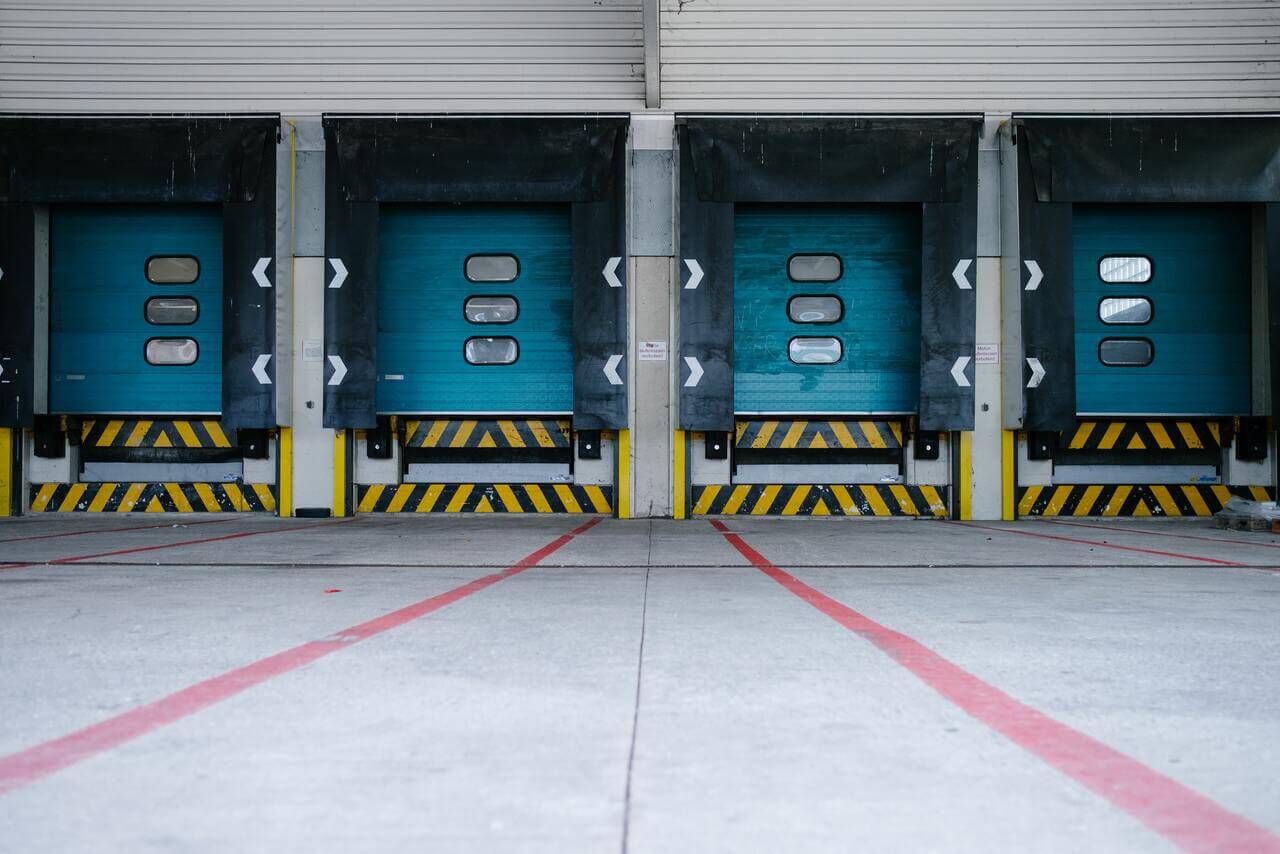

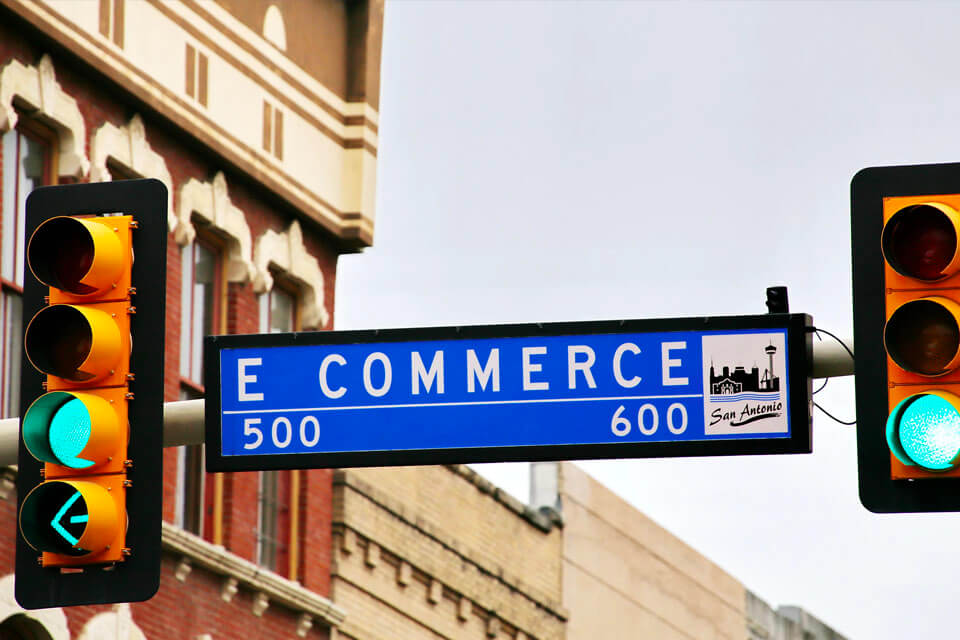
A Guide to Vietnam’s Metro Systems: Present and Future - talkingvietnam.com